Cats are fascinating creatures, often shrouded in mystery and intrigue. They have a reputation for being aloof and independent, yet cat owners know just how affectionate and loving these animals can be. Like humans, cats experience a range of emotions, and they also encounter conflicts and stress. Understanding how cats show forgiveness after such incidents can strengthen the bond between you and your feline friend. This article delves into the subtle and heartwarming ways cats express forgiveness, inviting all cat enthusiasts to discover more about their beloved pets.
Understanding Cat Behavior in Stressful Situations
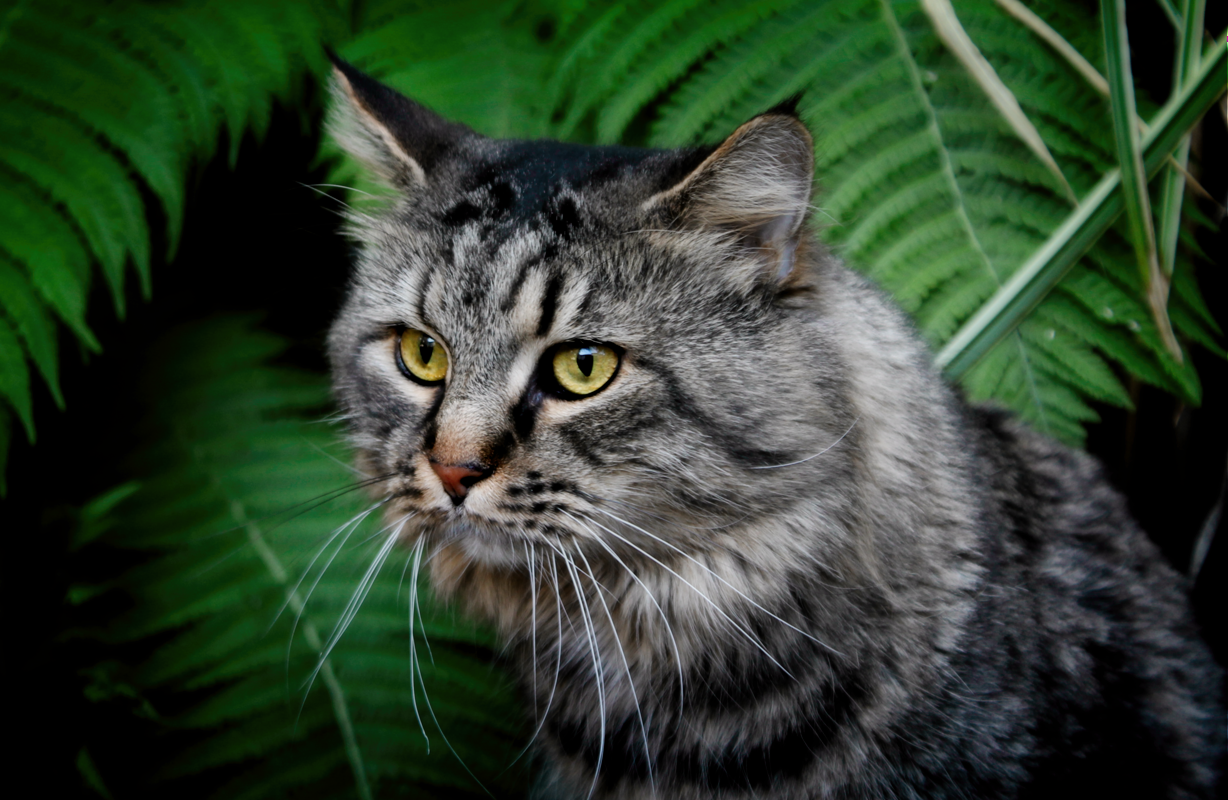
Cats, like humans, have their unique ways of dealing with stress. They might display a range of behaviors, from hiding and avoiding eye contact to becoming more vocal or aggressive. Recognizing these signs is crucial for any cat owner, as it helps in understanding what your feline friend is going through. Stress in cats can be triggered by various factors, including changes in their environment, the introduction of new pets, or even a visit to the vet. By being observant and attentive, you can better support your cat during these challenging times. Remember, a calm and patient approach is key to helping your cat navigate through stress.
The Power of Purring: A Sign of Reconciliation
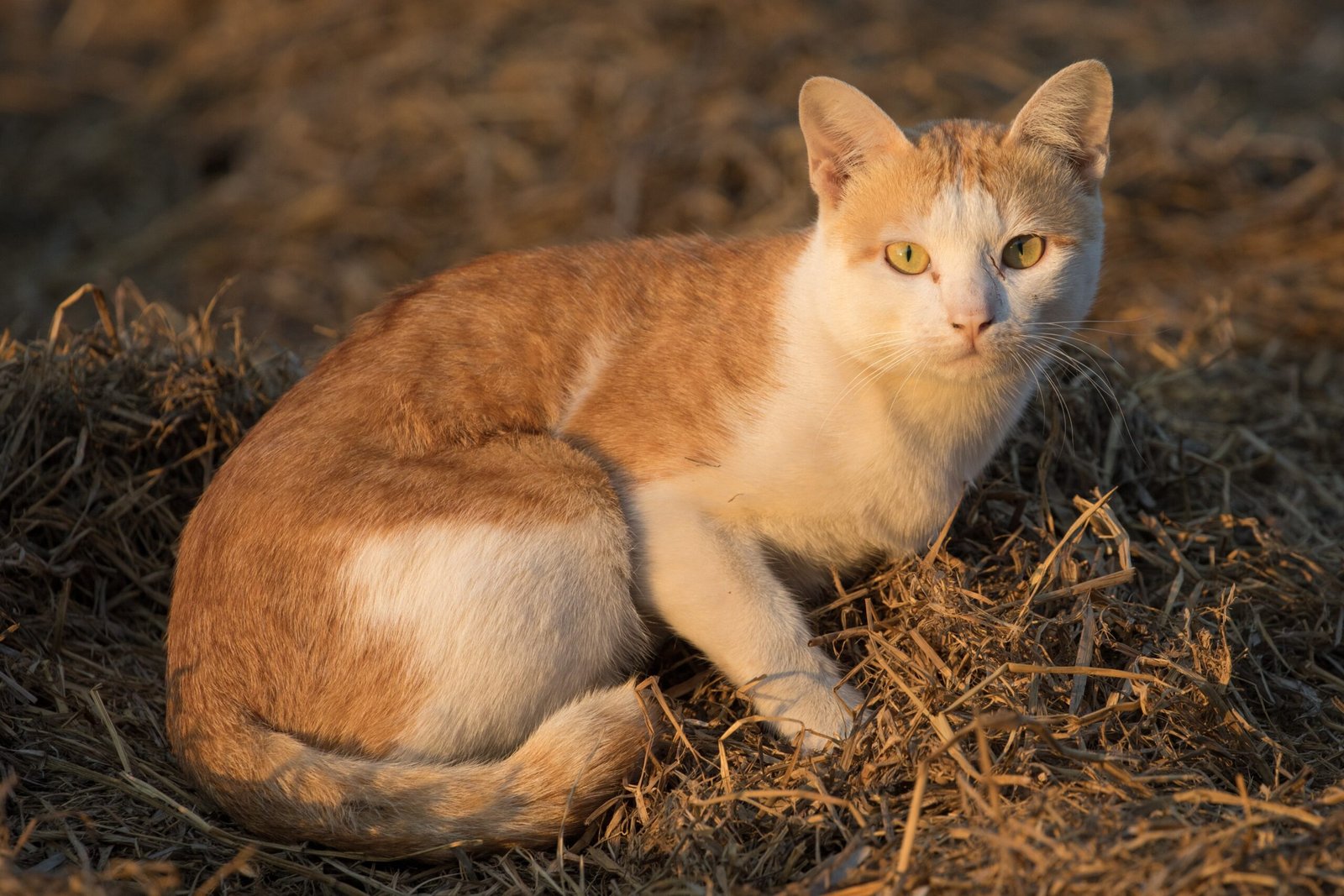
Purring is one of the most comforting sounds a cat can make. While it is often associated with contentment, purring can also signify a cat’s attempt to reconcile after a conflict. When a cat purrs in your presence following a disagreement, it may be their way of saying, “Let’s move past this.” The soothing vibrations of a cat’s purr can have a calming effect on both the cat and the owner, promoting a sense of peace and harmony. Next time your cat purrs after a stressful event, consider it a gesture of forgiveness and a step towards rebuilding trust.
Gentle Head Butts: A Feline Apology
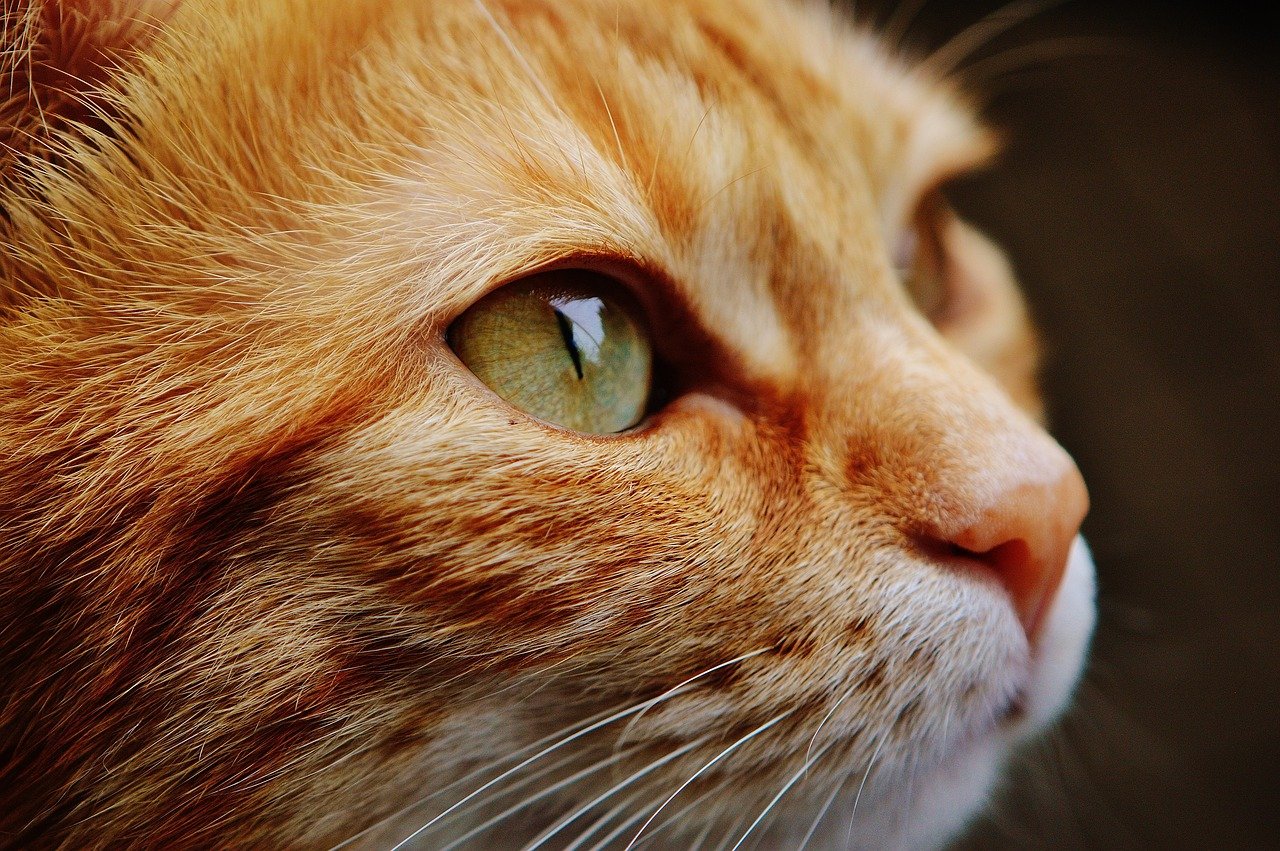
A cat’s head butt, also known as bunting, is a behavior that indicates affection and trust. When a cat gently nudges you with their head, it can be interpreted as a form of apology or a peace offering. This gesture demonstrates that your cat is willing to let go of any previous tension and is ready to reconnect. Head butting is a way for cats to mark you with their scent, reinforcing their bond with you. It is a tender reminder that your feline friend values your relationship and is eager to mend any rifts.
Slow Blinking: The Cat’s Way of Saying “I’m Sorry”
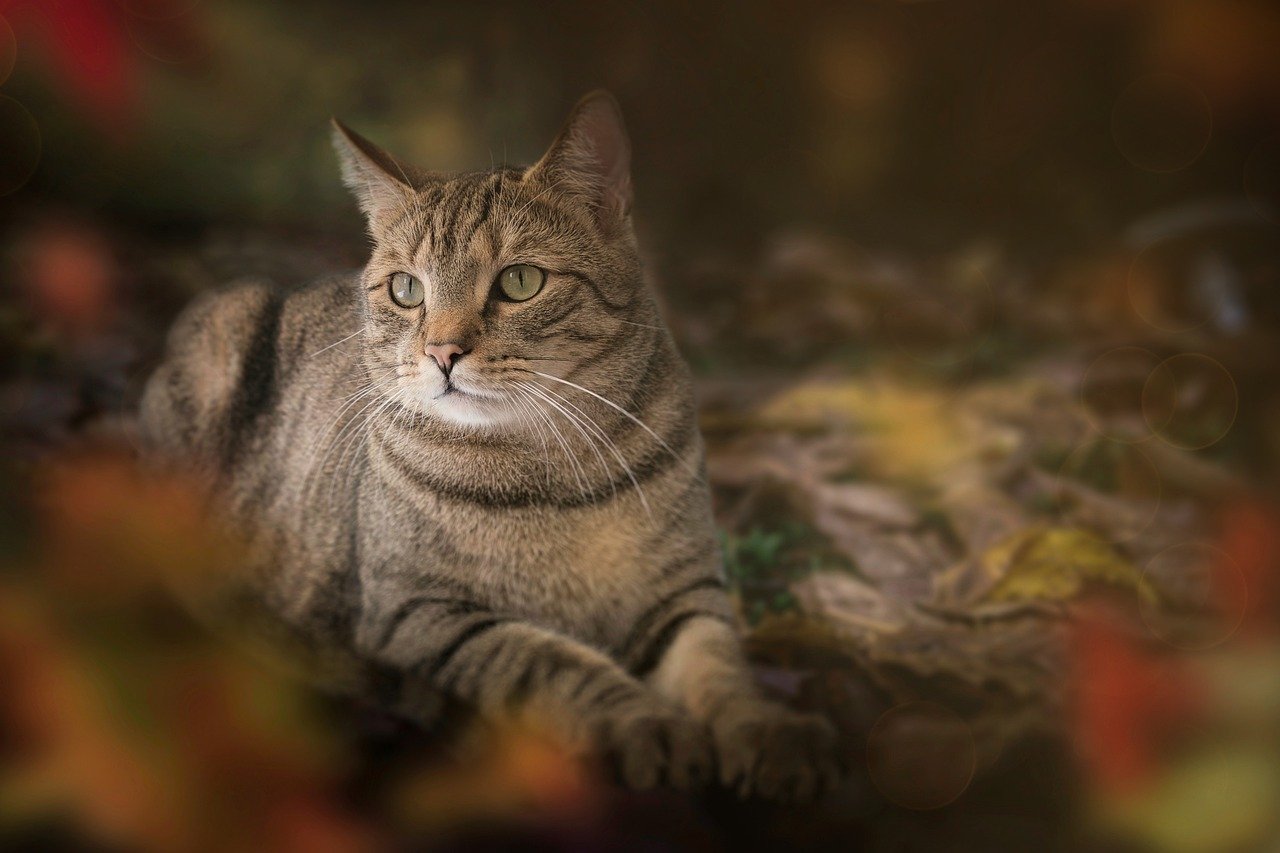
Cats communicate a lot through their eyes. A slow blink from your cat is akin to a human smile; it’s a sign of trust and affection. When a cat slowly blinks at you after a conflict, it might be their way of expressing regret and seeking reconciliation. This subtle gesture shows that your cat is comfortable and feels safe with you. Responding with a slow blink of your own can reinforce this connection and signal that you, too, are ready to move forward. It’s a simple yet profound exchange that can deepen the bond between you and your pet.
Playfulness as a Means of Forgiveness
Cats are playful creatures, and engaging in play can be an excellent way for them to show forgiveness. After a stressful situation, a cat might initiate play as a way to mend fences and relieve tension. Playtime allows cats to release pent-up energy and stress, making it easier for them to return to their usual selves. By participating in your cat’s playful antics, you not only help alleviate their stress but also reinforce your bond. It’s a win-win situation that highlights the importance of play in maintaining a healthy relationship with your furry companion.
Rubbing Against You: A Reassurance of Affection
When a cat rubs against you, it’s a sign of affection and ownership. This behavior often indicates that your cat is ready to forgive and forget any previous disagreements. By rubbing against you, your cat is marking you with their scent, claiming you as part of their territory and expressing their trust in you. This simple yet significant action is a reminder of the deep connection you share with your pet. Embrace this gesture as a positive step towards rebuilding and strengthening your relationship.
Grooming: A Sign of Trust and Forgiveness
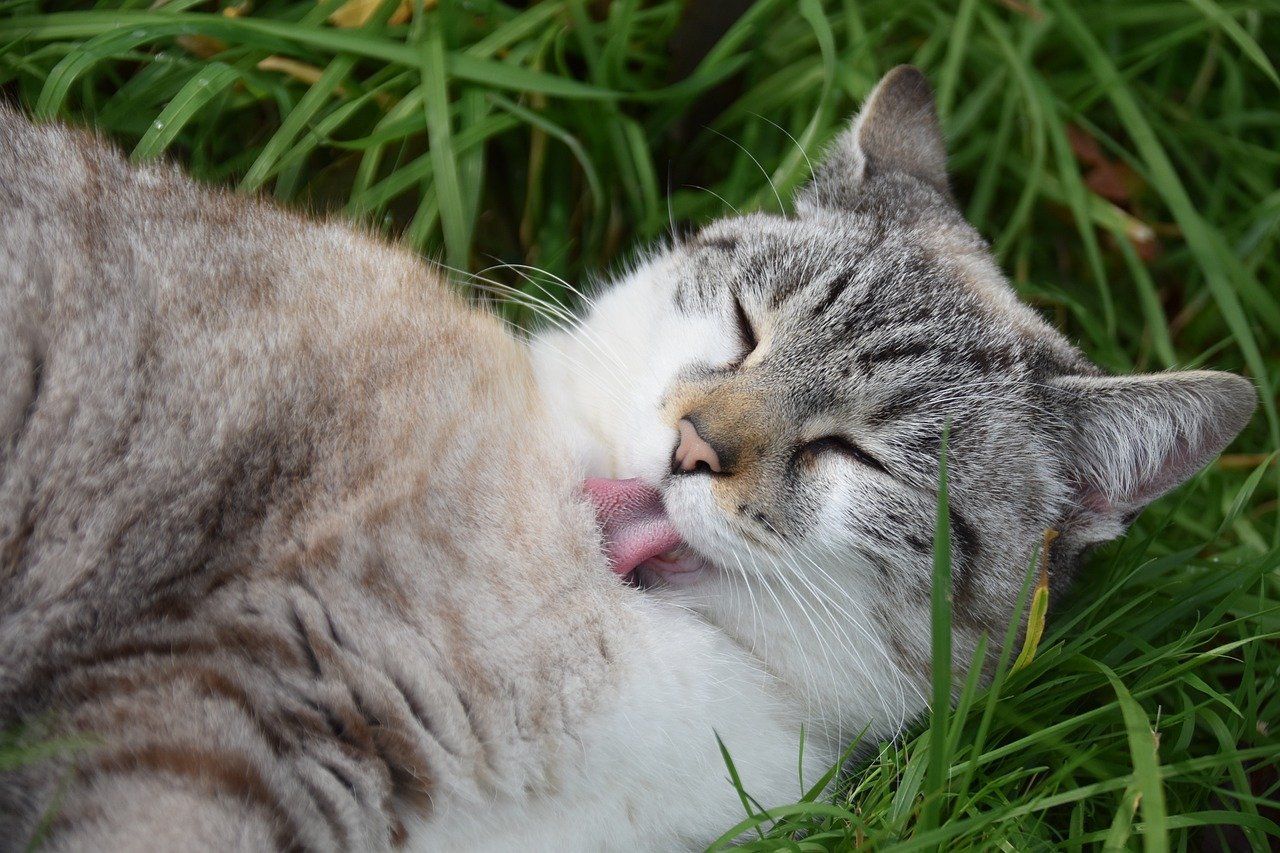
Grooming is an essential part of a cat’s daily routine, and it serves as a form of self-care and relaxation. When a cat grooms itself or even you after a conflict, it can be an indication of forgiveness. This behavior suggests that your cat feels comfortable and safe in your presence, allowing them to return to their normal routine. Grooming can also be a way for cats to bond with their owners, reinforcing the trust and affection they have for you. It’s a reassuring sign that your cat is ready to move past any previous tensions.
Seeking Proximity: A Desire for Reconnection
After a disagreement or stressful event, a cat might seek to be physically close to you as a way of showing forgiveness. This desire for proximity indicates that your cat values your presence and wants to restore the sense of security and companionship they associate with you. Whether they choose to sit beside you on the couch or curl up next to you in bed, this behavior demonstrates their willingness to reconnect and rebuild trust. Responding with warmth and affection can help reinforce this bond and reassure your cat of your mutual love and commitment.
Vocalization as a Form of Communication
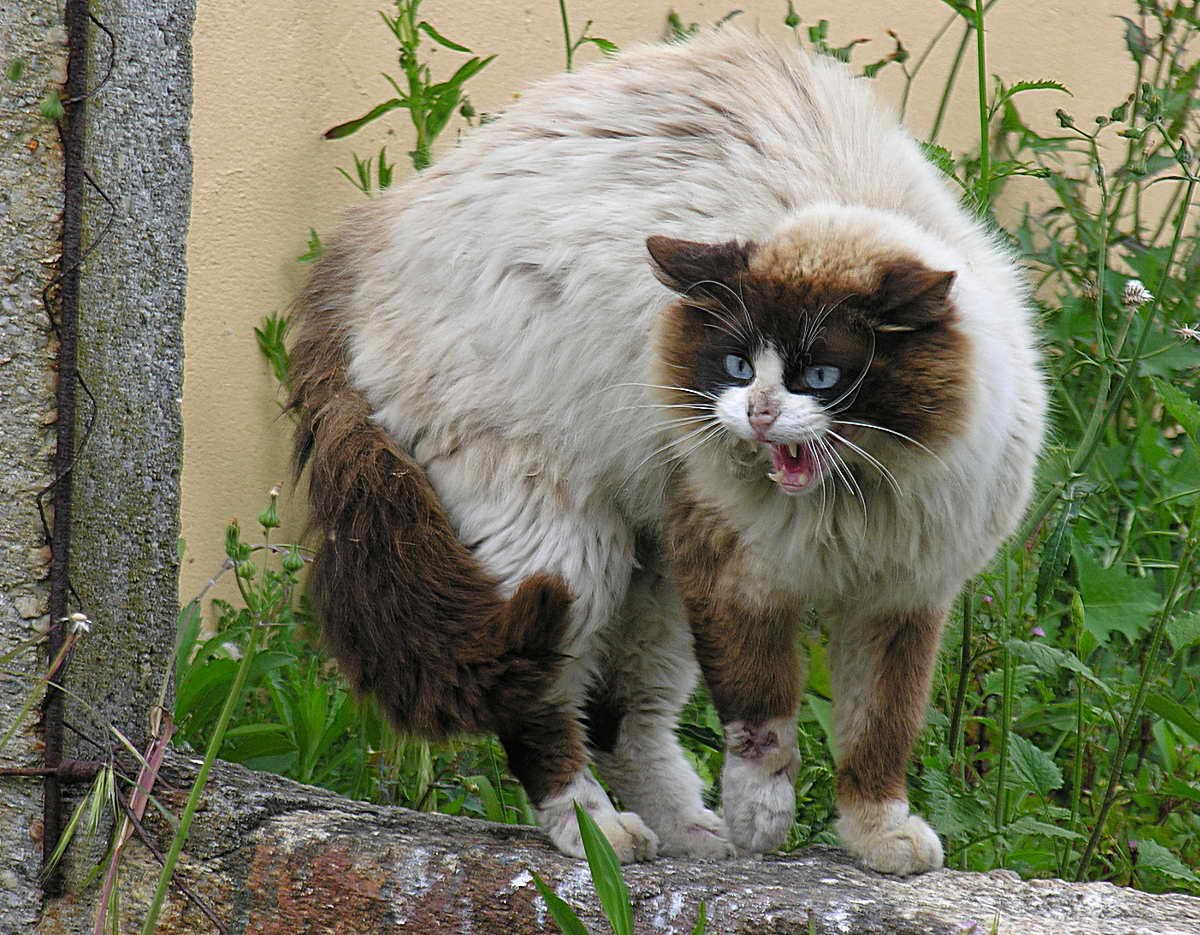
Cats communicate through a variety of vocalizations, each with its own meaning. After a conflict, your cat might use specific sounds, such as meows or trills, to express their desire for reconciliation. These vocalizations can serve as an invitation to engage and interact, signaling their readiness to move past any disagreements. Paying attention to your cat’s vocal cues and responding with gentle words or petting can help strengthen your bond and promote a sense of understanding and trust. Remember, communication is a two-way street, and acknowledging your cat’s efforts can go a long way in fostering a harmonious relationship.
Body Language: Reading Your Cat’s Cues
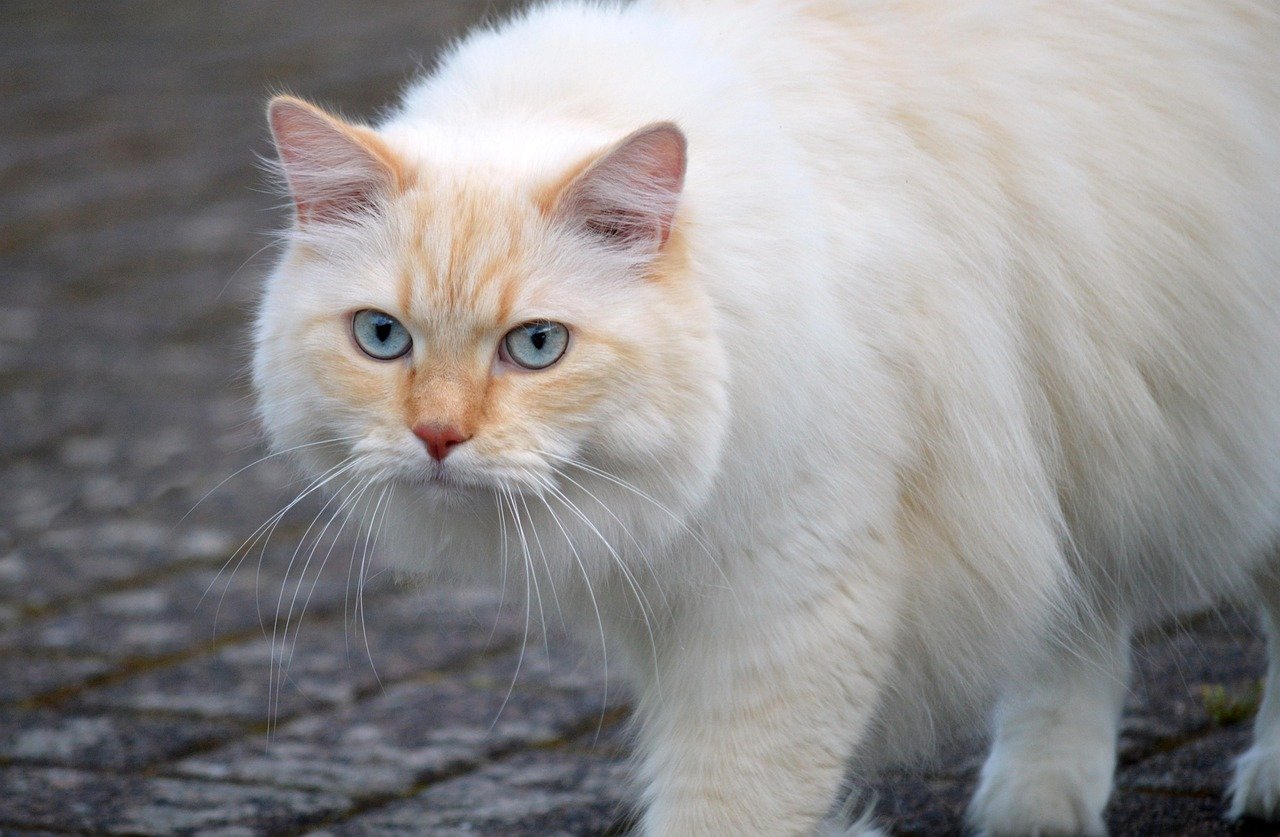
A cat’s body language can reveal a lot about their emotional state and intentions. Observing your cat’s posture, tail movements, and ear positions can provide valuable insights into their feelings of forgiveness. A relaxed posture, with a gently swaying tail and ears in a neutral position, can indicate that your cat is ready to let bygones be bygones. On the other hand, a tense or defensive stance might suggest lingering stress or discomfort. By being attuned to your cat’s body language, you can better understand their needs and respond accordingly, fostering a sense of trust and security.
Offering Treats: A Symbolic Olive Branch
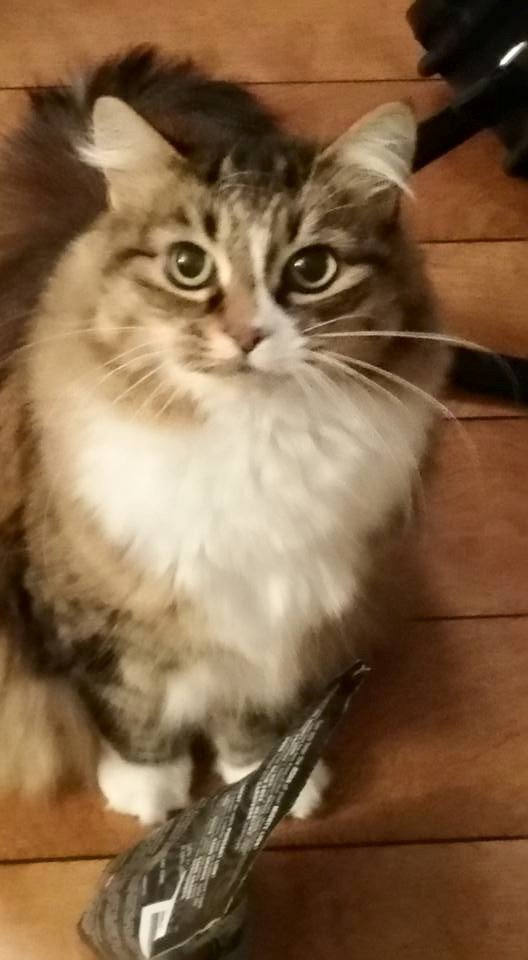
Food is an essential part of a cat’s life, and offering treats can be a powerful way to mend fences after a conflict. Sharing a favorite snack with your cat can serve as a symbolic olive branch, signaling your willingness to move past any disagreements. This gesture not only provides comfort and reassurance but also helps strengthen the bond between you and your pet. By associating positive experiences with treats, you can create a sense of security and trust, paving the way for a harmonious relationship.
Time and Patience: Key Ingredients for Forgiveness
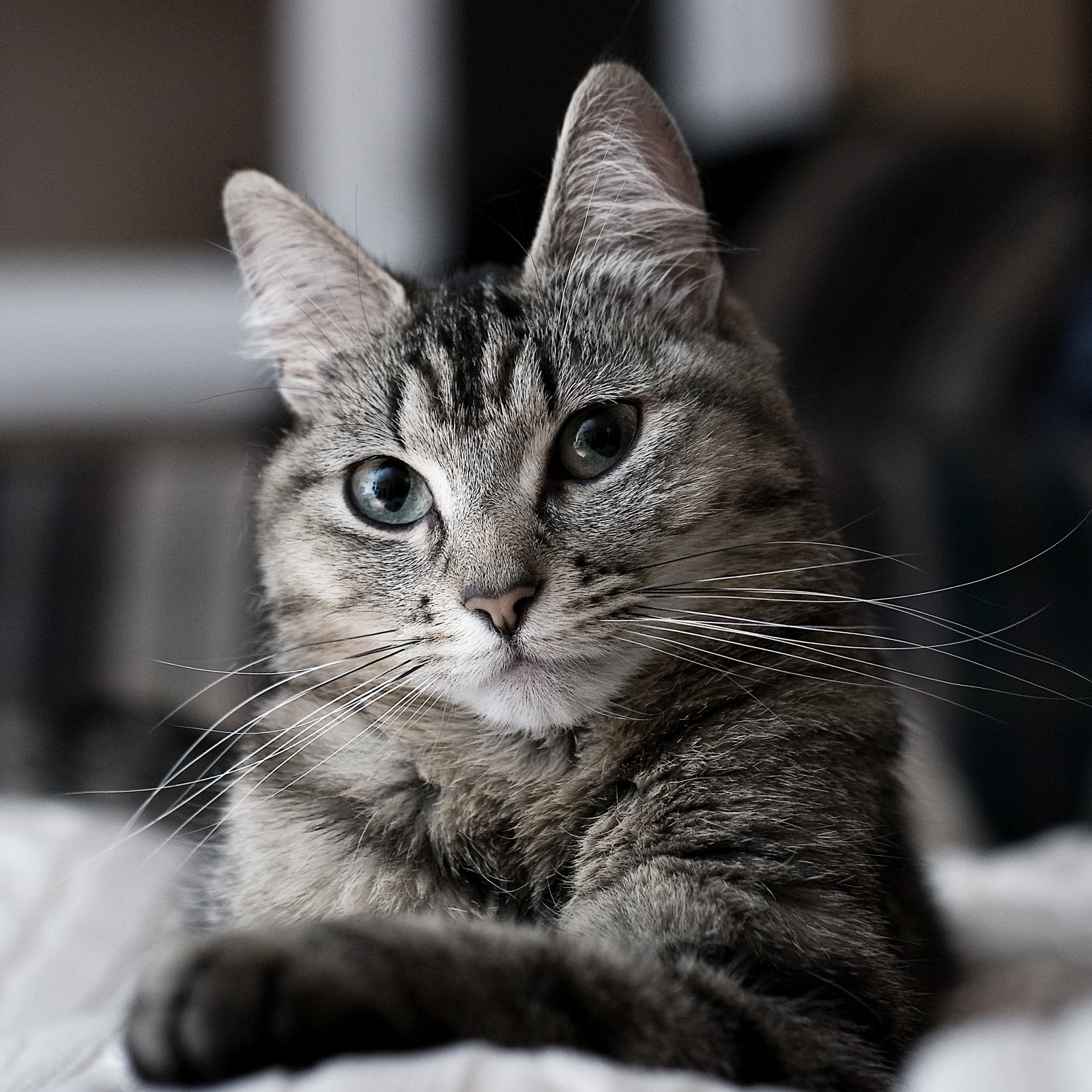
Forgiveness takes time, and patience is essential when it comes to rebuilding trust with your cat. Every cat is unique, and their ability to forgive and move on varies. Some cats may bounce back quickly, while others might take longer to process their emotions. By giving your cat the space and time they need to heal, you demonstrate your understanding and commitment to their well-being. Remember, patience is a virtue, and your efforts to support your cat during this time will ultimately strengthen your bond.
Creating a Safe and Comfortable Environment
A safe and comfortable environment is crucial for a cat’s emotional well-being. By ensuring that your cat feels secure in their surroundings, you can help facilitate the process of forgiveness. This might involve providing a cozy bed, a quiet space to retreat, or engaging in calming activities like gentle petting or brushing. By creating an environment that promotes relaxation and security, you can help your cat feel more at ease and ready to move past any conflicts.
Consistency: Building Trust Over Time
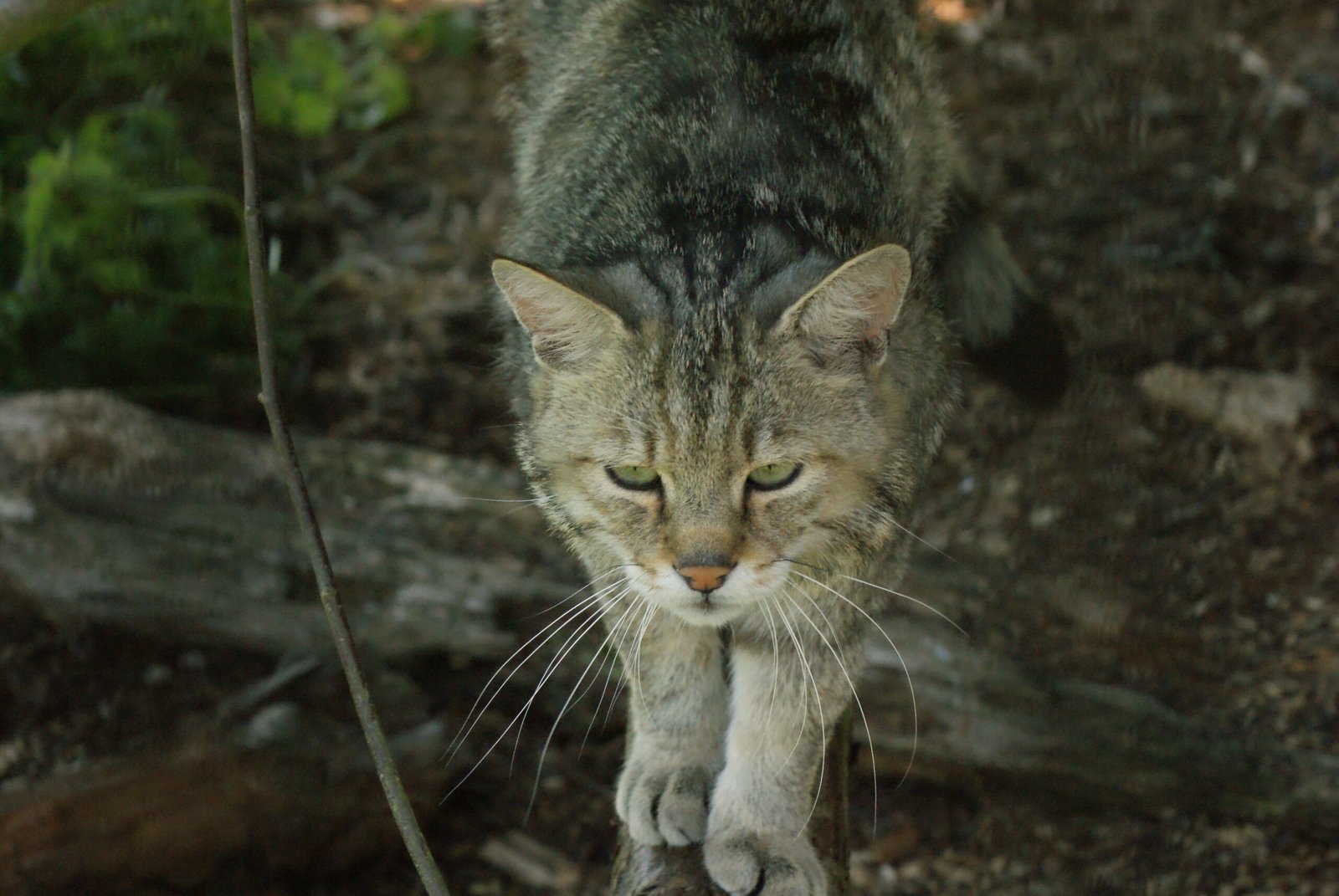
Consistency is key when it comes to building trust and fostering forgiveness in cats. By maintaining a stable routine and being reliable in your interactions, you can create a sense of predictability and security for your cat. This consistency helps reassure your cat that they can rely on you for support and affection, paving the way for a strong and lasting bond. Whether it’s feeding, playtime, or simply spending quality time together, your consistent presence can help your cat feel more at ease and ready to forgive.
Respecting Your Cat’s Boundaries
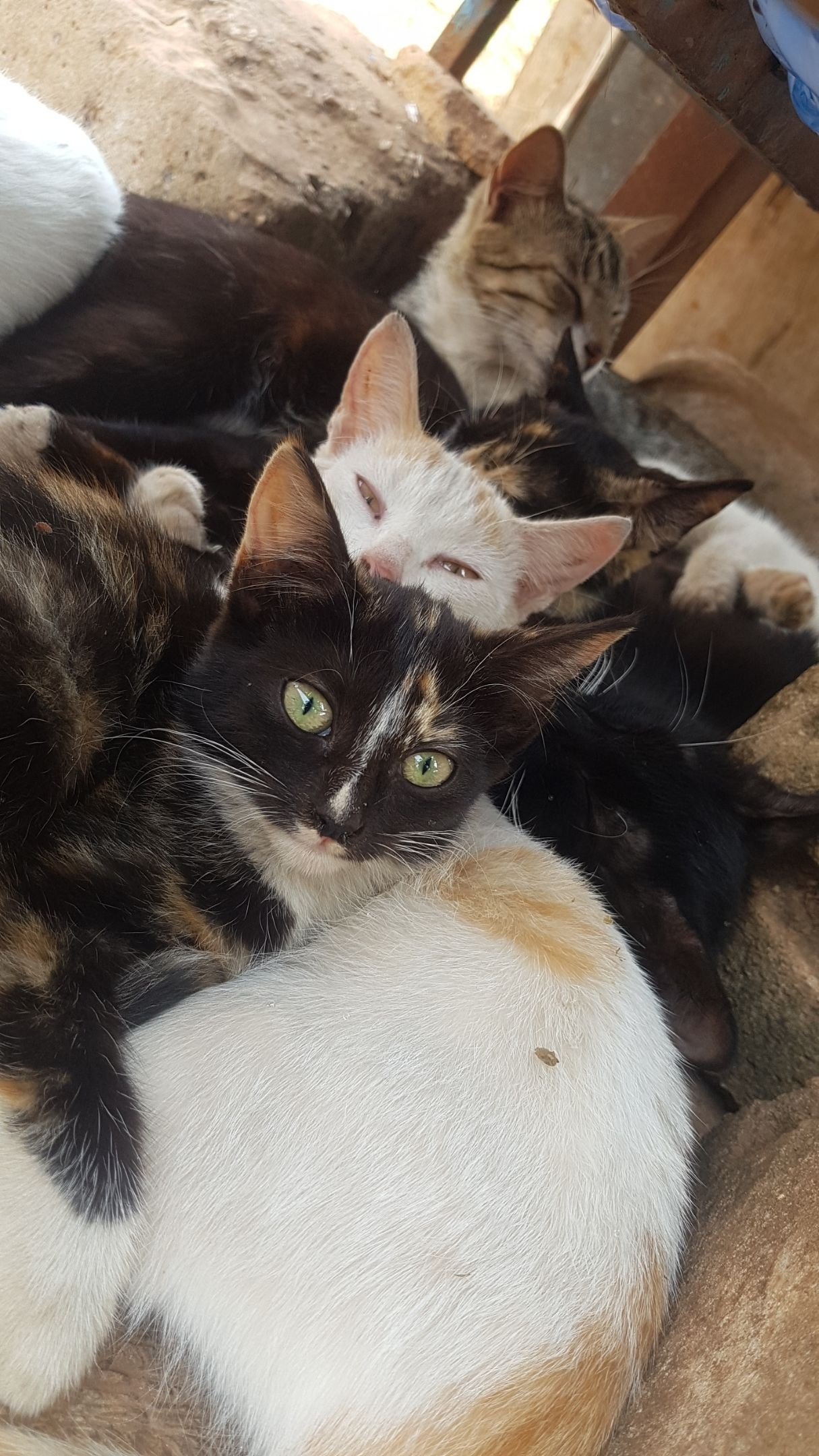
Respecting your cat’s boundaries is essential when it comes to fostering forgiveness. Every cat has their own comfort level, and pushing them too far can lead to increased stress and tension. By being mindful of your cat’s limits and allowing them to set the pace for interactions, you can create an environment of trust and understanding. This respect for their boundaries demonstrates your commitment to their well-being and helps facilitate the process of forgiveness.
Encouraging Positive Interactions
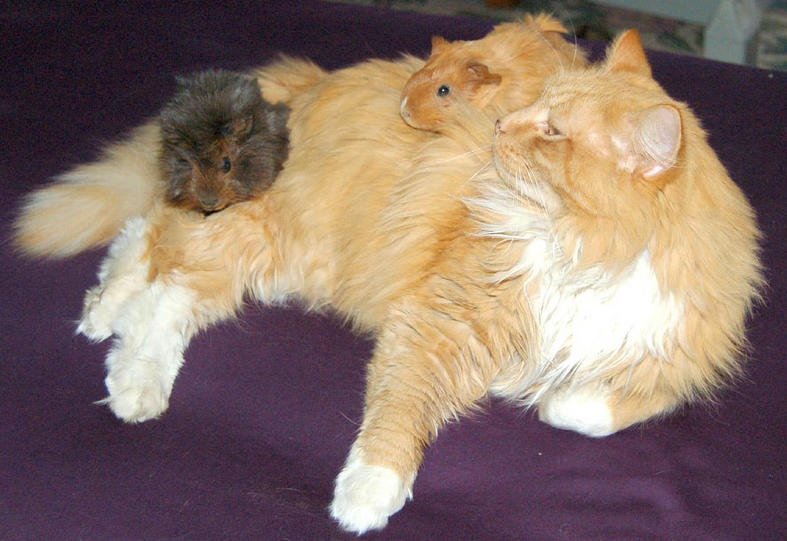
Encouraging positive interactions with your cat can help strengthen your bond and promote forgiveness. This might involve engaging in activities that your cat enjoys, such as playtime or grooming sessions. By focusing on positive experiences, you can help your cat associate you with feelings of comfort and security, making it easier for them to let go of any past conflicts. Remember, positive reinforcement goes a long way in building trust and fostering forgiveness.
Recognizing the Signs of Forgiveness
Recognizing the signs of forgiveness in your cat can help you gauge their emotional state and progress. These signs might include increased affection, playfulness, or a return to their normal routine. By being attuned to your cat’s behavior and acknowledging their efforts to forgive, you can reinforce your bond and promote a sense of trust and security. Remember, forgiveness is a process, and every small step counts.
The Importance of Empathy and Understanding
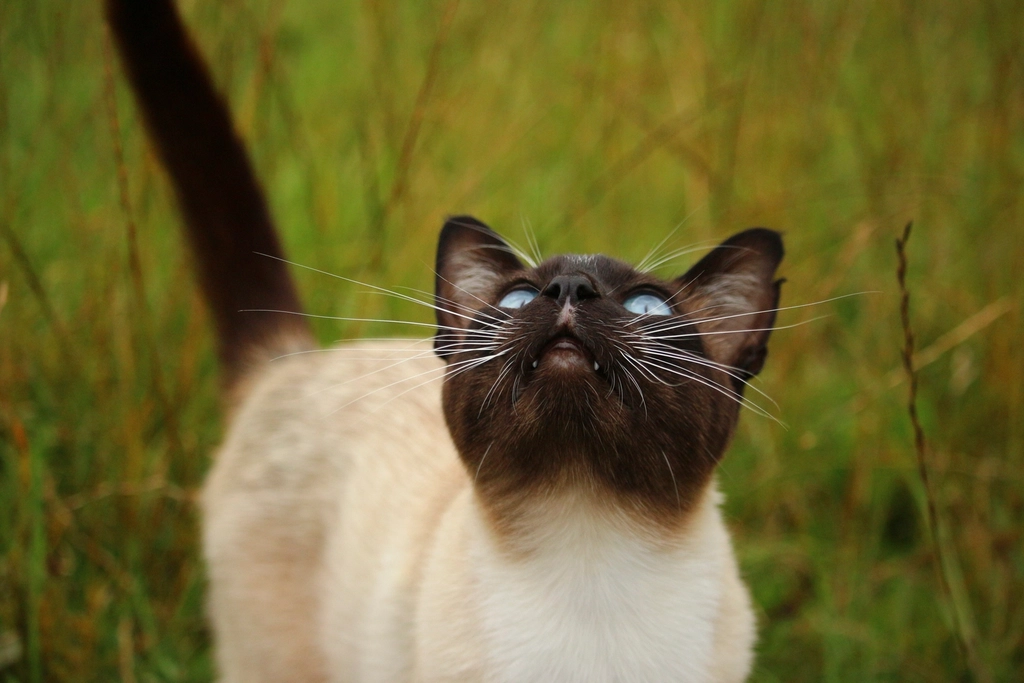
Empathy and understanding are vital when it comes to fostering forgiveness in your cat. By putting yourself in your cat’s shoes and considering their perspective, you can better support them through difficult times. This empathy demonstrates your commitment to their well-being and helps build trust and rapport. Remember, a little understanding goes a long way in strengthening your bond and promoting forgiveness.
Reinforcing Your Bond Through Love and Care
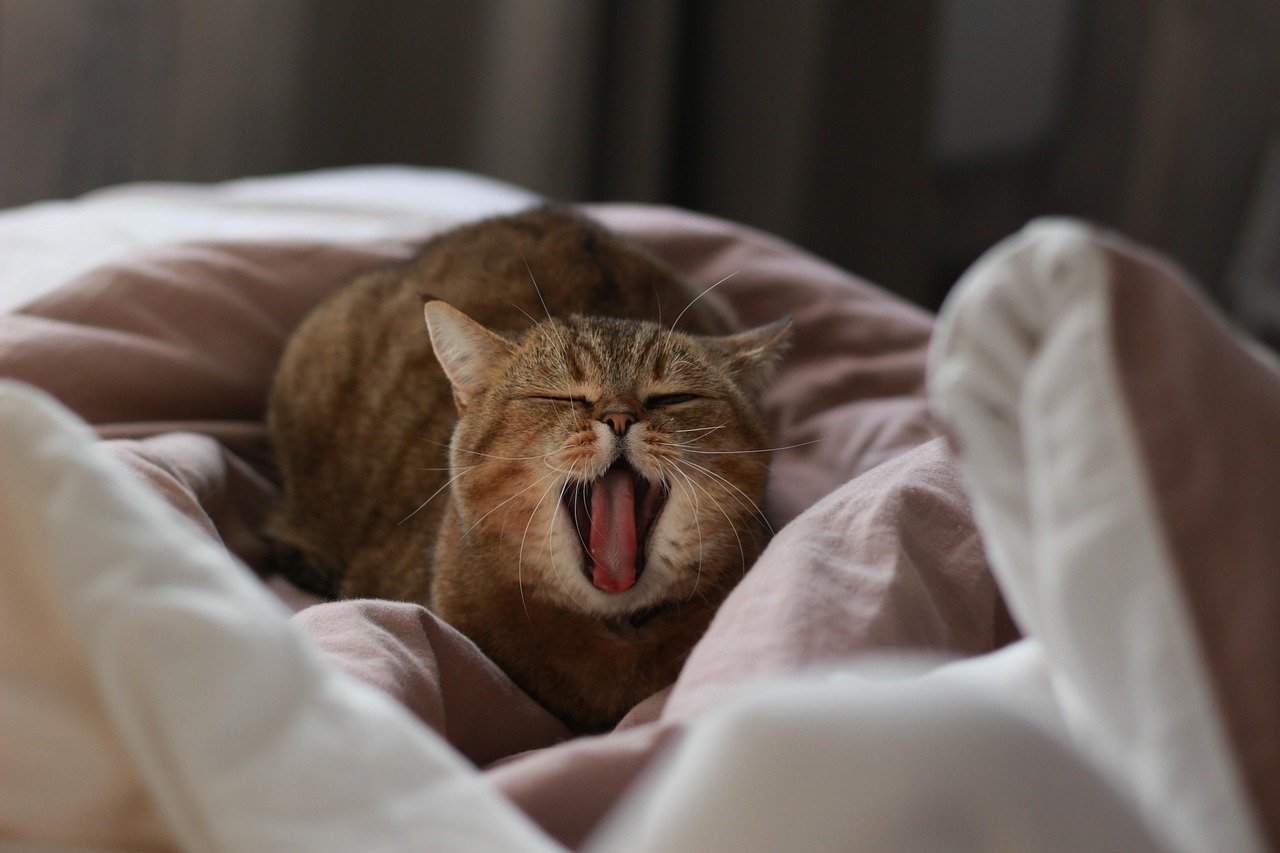
Ultimately, reinforcing your bond with your cat through love and care is the foundation for forgiveness. By providing consistent affection, attention, and support, you can create a nurturing environment that fosters trust and understanding. This love and care demonstrate your commitment to your cat’s well-being and pave the way for a harmonious relationship. Remember, the journey of forgiveness is a shared one, and your efforts to strengthen your bond will ultimately lead to a happier and more fulfilling connection with your feline friend.
Hi, I’m Bola, a passionate writer and creative strategist with a knack for crafting compelling content that educates, inspires, and connects. Over the years, I’ve honed my skills across various writing fields, including content creation, copywriting, online course development, and video scriptwriting.
When I’m not at my desk, you’ll find me exploring new ideas, reading books, or brainstorming creative ways to solve challenges. I believe that words have the power to transform, and I’m here to help you leverage that power for success.
Thanks for stopping by, Keep coming to this website to checkout new articles form me. You’d always love it!






